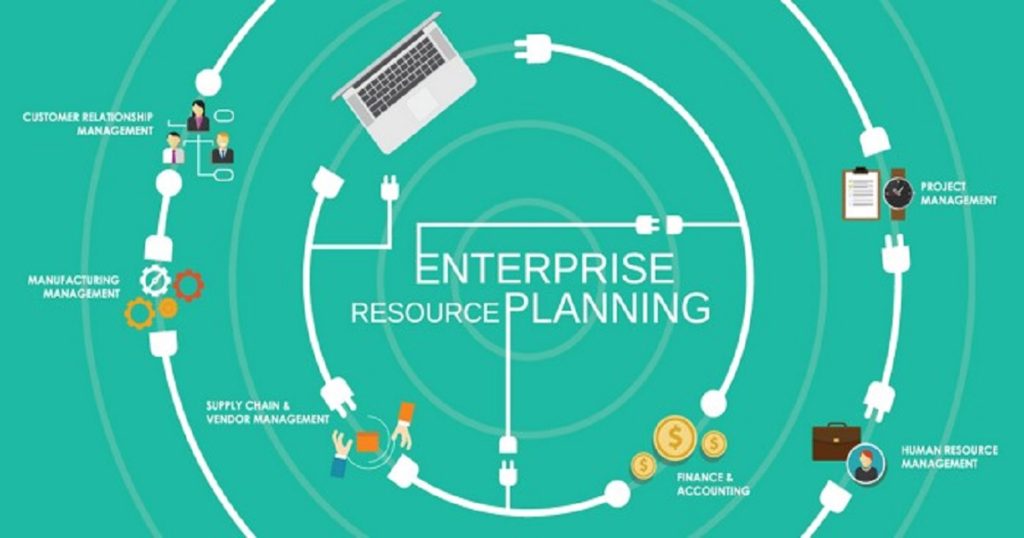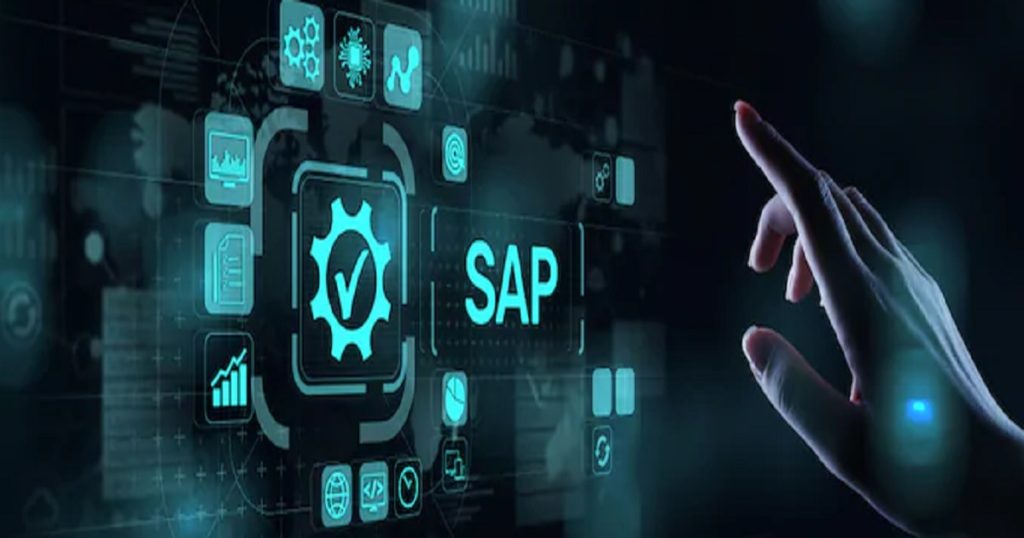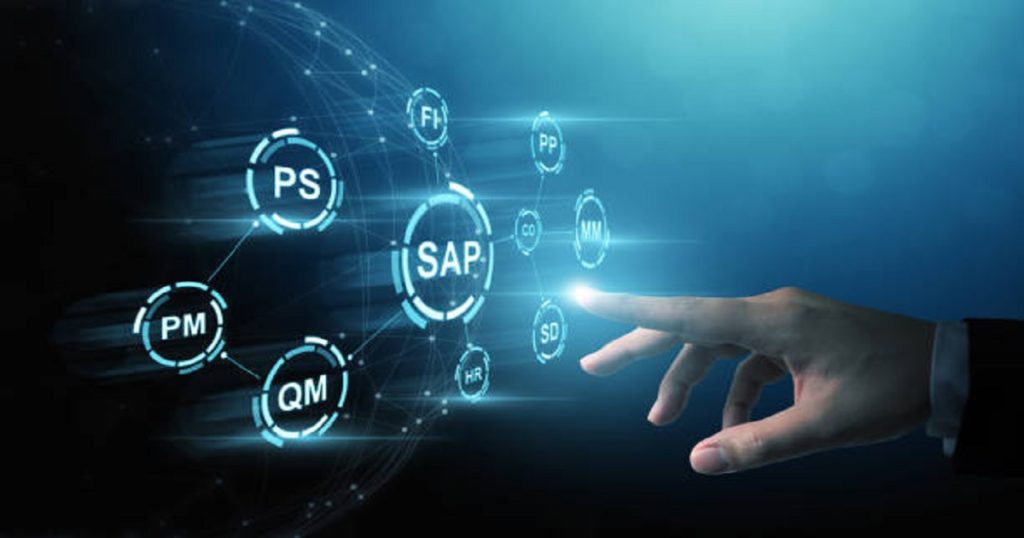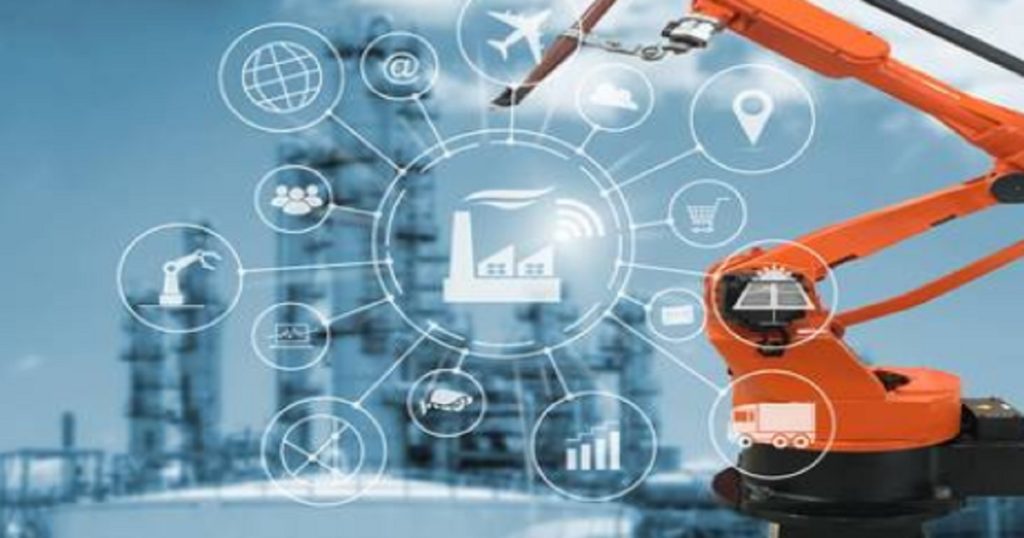What’s Up With SAP Data Hub?

The buzz around SAP Data Hub has quieted down significantly since it was first announced. Why is that?
Some time ago, someone advised me to stop focusing so much on SAP Data Hub. When former SAP executive Franz Faerber first presented the idea during a Sapphire Now Conference in Orlando, for the possibilities that Data Hub promised. The core idea: Customers wouldn’t have to move their data anymore, ever. The data itself is not moved but stays in silos. If an app needs to access the data stored in a different app, there’s no copy and paste, but a reference to the other app instead. Meanwhile, the app requesting the data ‘feels’ like it has stored it itself.
For this system to work, the app storing the data has to take care of data processing and structuring for the app requesting the data, since the information itself cannot be moved. The requesting app will suffer no consequences, but the storing app could. If users request too much data, workload increases drastically, and the app’s server uses its resources solely on requests.
No luck with SAP Data Hub
SAP Data Hub has a great underlying concept, but SAP missed by a mile on its execution. A server that does nothing all day but fielding and complying with data access requests from apps and systems soon becomes worthless. Nobody knows how many resources the core concept of SAP Data Hub would require in practice. On paper, the concept is brilliant, but in reality, it becomes unmanageable.
SAP therefore still has a lot of work to do before it will have completely harmonized and consolidated the data complexity in ERP systems, in the cloud and on prem.
SAP Data Hub is a data sharing, pipelining, and orchestration solution that helps companies accelerate and expand the flow of data across their modern, diverse data landscapes.
SAP Data Hub provides visibility and access to a broad range of data systems and assets; allows the easy and fast creation of powerful, organization-spanning data pipelines; and optimizes data pipeline execution speed with a “push-down” distributed processing approach at each step.
SAP Data Hub meets the governance and security needs of the enterprise, ensuring that appropriate policy measures are in place to meet regulatory and corporate requirements.
SAP Data Hub accelerates and expands your data projects by easily and quickly creating powerful data pipelines in a single, visual design environment
In a single design environment, data stewards can easily and quickly create powerful data pipelines that access, harmonize, transform, process, and move information from a variety of sources across the organization. Pipeline creators can easily activate powerful libraries for computation or machine learning, for example; rapidly connect data of a wide variety of types, such as social media, customer, and product information; and leverage existing processing investments, such as capabilities in SAP HANA, Apache Hadoop, SAP Vora, or Apache Spark. Pipeline models can be easily copied, modified, and re-used to accelerate pipeline deployment and leverage best practices.











